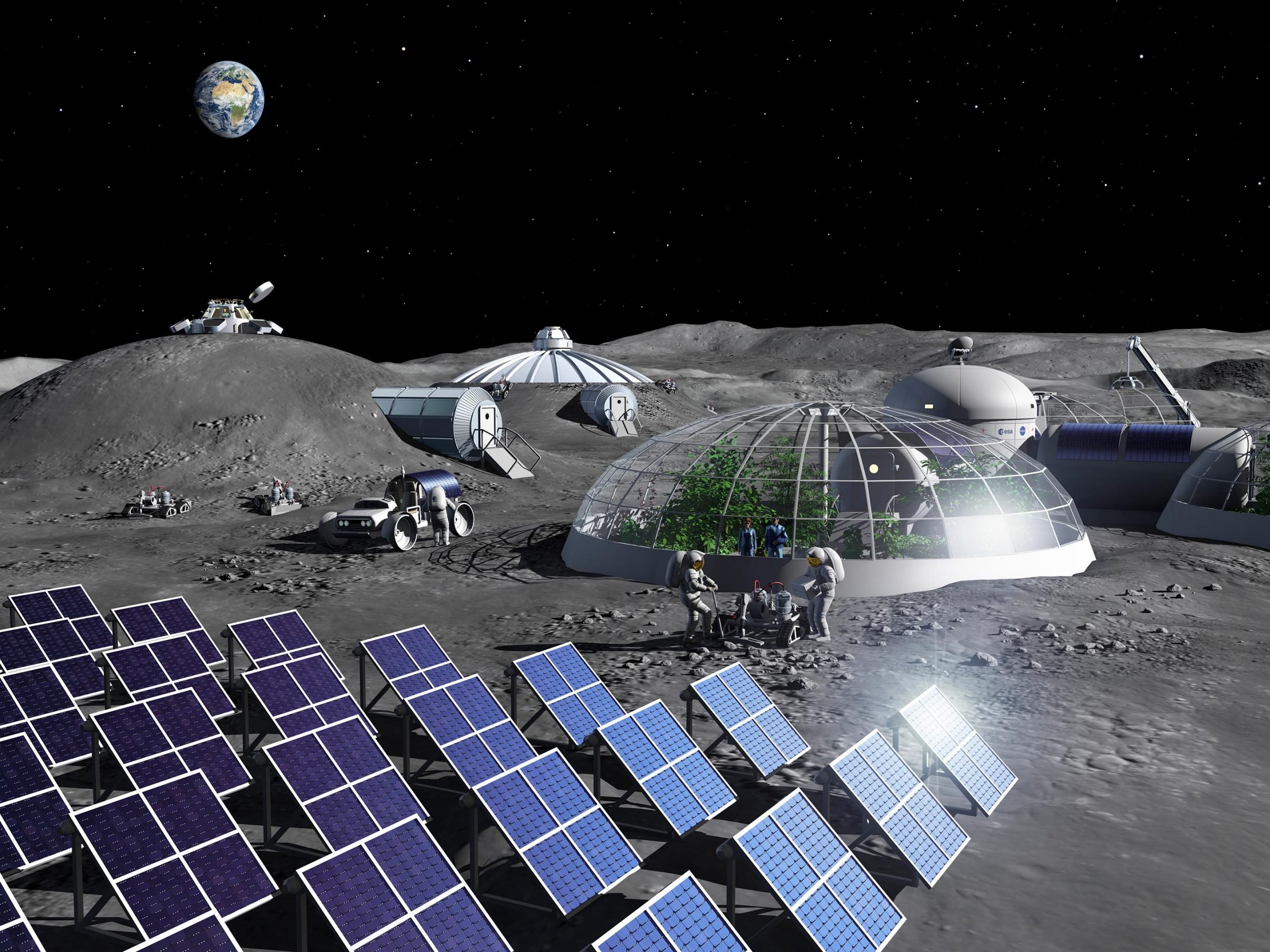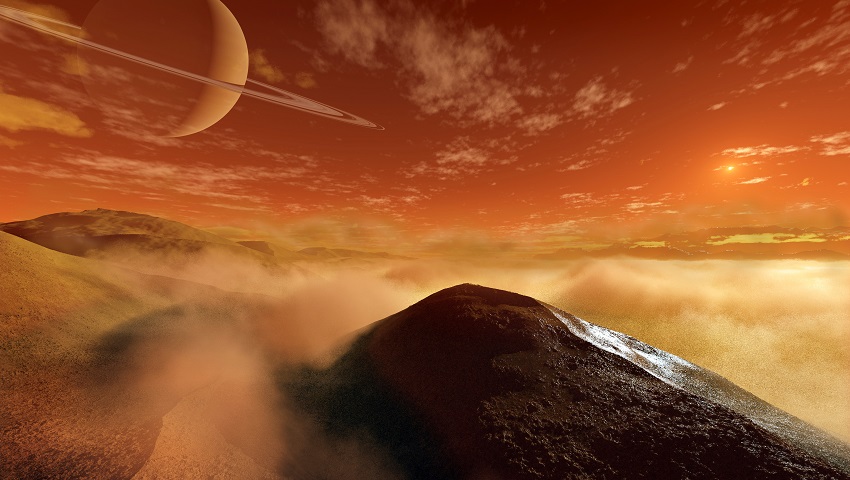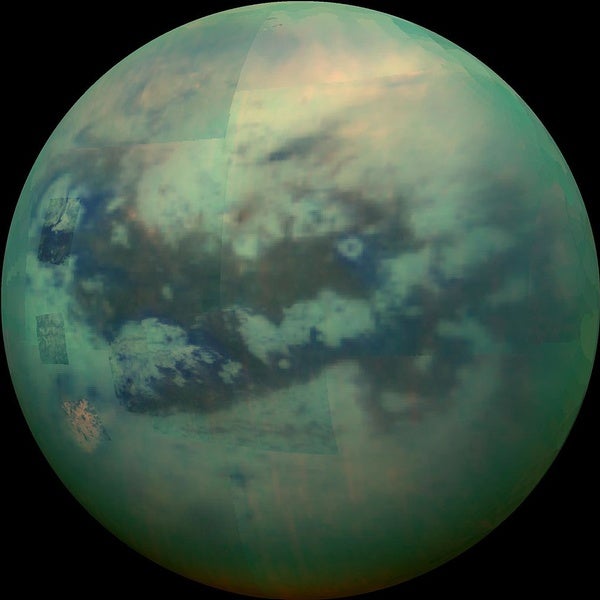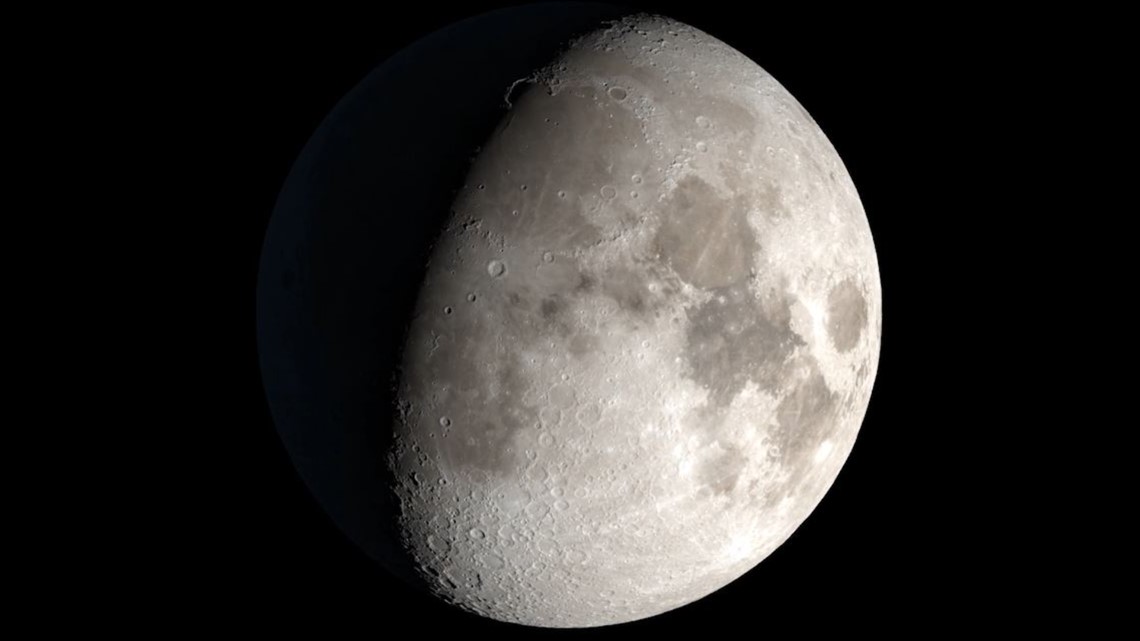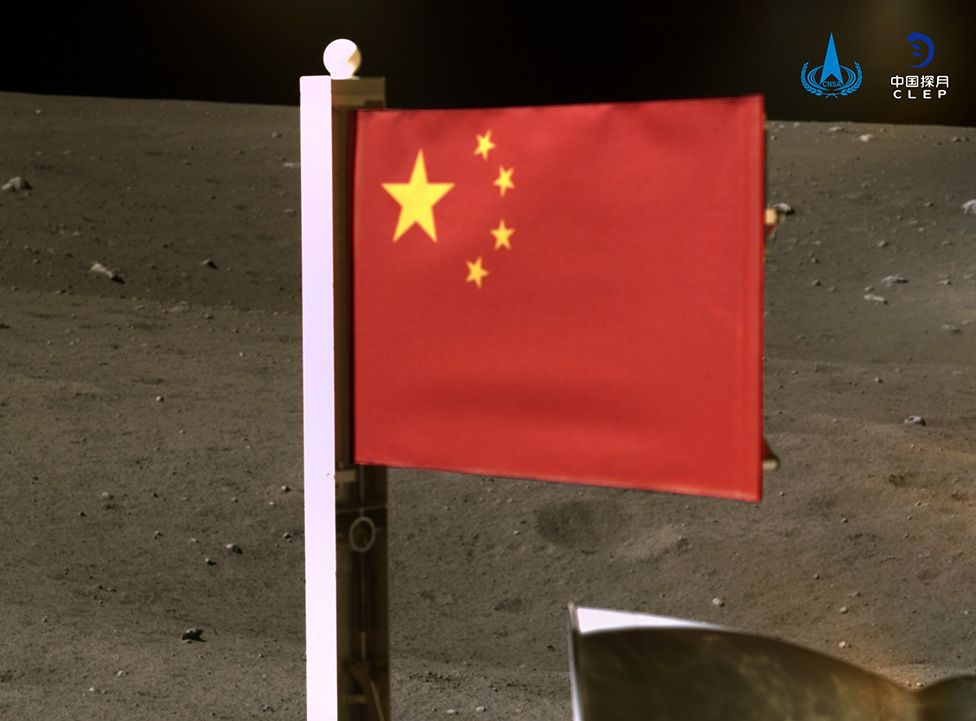- Joined
- Mar 10, 2020
- Messages
- 7,234
- Reaction score
- 3,756
- Location
- Florida
- Gender
- Male
- Political Leaning
- Independent
True, much can happen in the next few hundred years that might doom mankind. As intelligent as we are there's a selfish recklessness about us that can't be denied.Hmm. Maybe. But I think that presupposes too much. The sun isn't expected to become a red giant for 5.5 billion years. That's longer than Earth itself has existed so far. Considering how long mankind has been on earth, the idea that we'd still exist in our present form for that long a time seems like very limited thinking. If we don't foolishly exterminate ourselves in the next 500,000 years, we might evolve into something completely transcendent of our existence as we know it. And even then, we'd still have another 5 billion years to figure it out. In that length of time we might discover we don't even need bodies anymore. Or travel inter-dimensionally. Or travel through time. Or who-knows-what?
Those might seem like the only two choices now, but we still have billions of years before we can even begin to imagine all the possible horizons our existence might come to.
If we do survive long enough the moons of Jupiter and Saturn could be a sanctuary as they warm from a dying sun, Titan in particular with its thick atmosphere.


